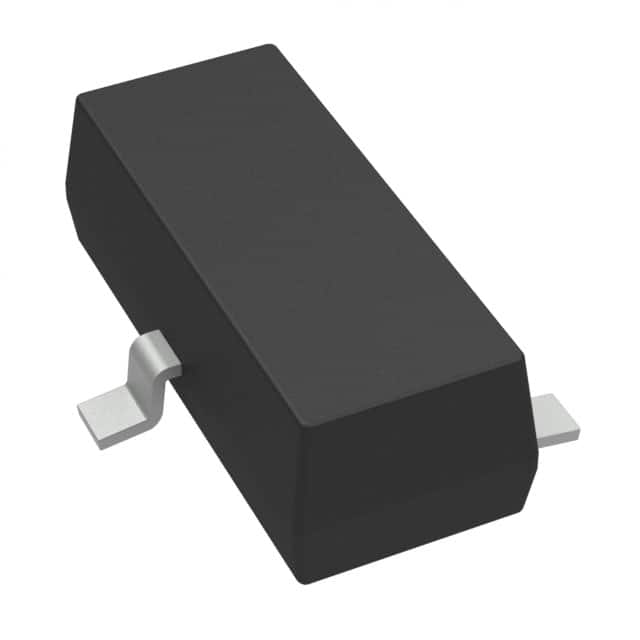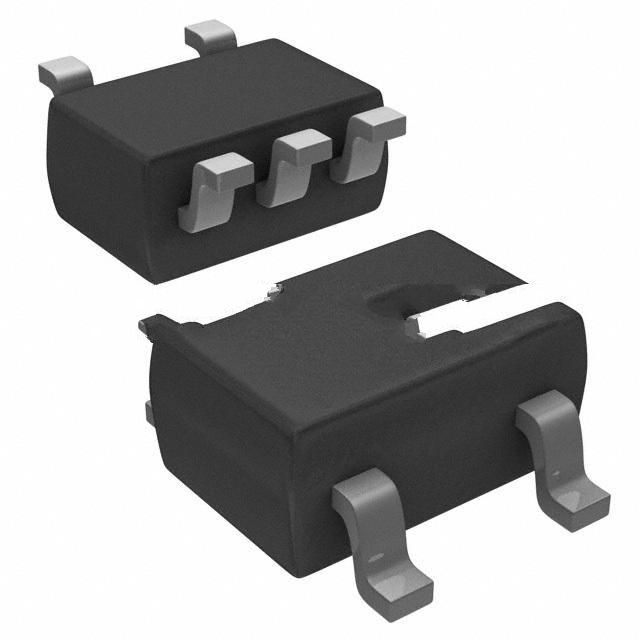LM4040C41IDCKRE4 Product Introduction:
Texas Instruments Part Number LM4040C41IDCKRE4(PMIC - Voltage Reference), developed and manufactured by Texas Instruments, distributed globally by Jinftry. We distribute various electronic components from world-renowned brands and provide one-stop services, making us a trusted global electronic component distributor.
LM4040C41IDCKRE4 is one of the part numbers distributed by Jinftry, and you can learn about its specifications/configurations, package/case, Datasheet, and other information here. Electronic components are affected by supply and demand, and prices fluctuate frequently. If you have a demand, please do not hesitate to send us an RFQ or email us immediately sales@jinftry.com Please inquire about the real-time unit price, Data Code, Lead time, payment terms, and any other information you would like to know. We will do our best to provide you with a quotation and reply as soon as possible.
Introducing the Texas Instruments LM4040C41IDCKRE4, a precision voltage reference that offers exceptional performance and versatility for a wide range of applications. This voltage reference is designed to provide a stable and accurate output voltage of 4.096V, making it ideal for use in precision measurement and control systems.
One of the key features of the LM4040C41IDCKRE4 is its low temperature coefficient, ensuring that the output voltage remains stable even in extreme temperature conditions. This makes it suitable for use in industrial and automotive applications where temperature variations can be significant.
Another notable feature of this voltage reference is its low dropout voltage, which allows for efficient power management in battery-powered devices. With a dropout voltage as low as 60mV, the LM4040C41IDCKRE4 minimizes power dissipation and extends battery life.
The LM4040C41IDCKRE4 is housed in a small SOT-23 package, making it easy to integrate into space-constrained designs. It also offers excellent long-term stability and low output noise, ensuring reliable and accurate performance over time.
With its exceptional performance and versatile features, the Texas Instruments LM4040C41IDCKRE4 is well-suited for a wide range of applications including industrial process control, automotive electronics, portable instrumentation, and battery management systems.
In summary, the LM4040C41IDCKRE4 is a precision voltage reference that offers stability, accuracy, and efficiency in a compact package. It is the perfect choice for engineers and designers looking for a reliable and versatile voltage reference solution.
Voltage Reference is an electronic component or circuit that provides accurate and stable voltage output. It is the standard used to establish the reference voltage in many electronic systems. The voltage reference can be a standalone integrated circuit (IC) or it can be a component included in a larger system. The output voltage of the voltage reference is usually very stable and is not affected by factors such as temperature changes, power supply voltage fluctuations, etc., which makes it an indispensable component in electronic design.
Application
Voltage Reference has a wide range of applications, covering almost all electronic devices and systems that require high-precision voltage reference. In the field of industrial automation, voltage reference is used in precision measuring instruments and sensor signal processing in process control systems to ensure the accuracy of measurement data and the stability of control processes. In the field of communication, as a reference voltage source for key components such as clock generator and signal modulator, it is very important to ensure the quality of communication. In the field of consumer electronics, with the popularity of smart devices, the demand for power management is increasing, and voltage reference plays an important role in battery management systems and charge control. In addition, in the field of medical electronics, aerospace, scientific research and other high-precision requirements.
FAQ about PMIC - Voltage Reference
-
1. What is the reference voltage of the ADC?
The reference voltage of the ADC can be the MCU power supply voltage or the stable voltage provided inside the chip.
When the MCU power supply voltage is used as the reference voltage, the reference voltage of the ADC module is the MCU power supply voltage. For example, if the MCU power supply voltage is 5V, then the reference voltage of the ADC is 5V; if the power supply voltage is 3.3V, then the reference voltage of the ADC is 3.3V12. The advantage of this method is that it is simple and easy to implement, but the disadvantage is that the stability of the power supply voltage will affect the measurement accuracy of the ADC. If the power supply voltage is unstable, the reference voltage of the ADC will also change, resulting in inaccurate measurement results.
-
2. When to use voltage reference?
The voltage reference is used in the following situations:
As a basis for measurement: When measuring voltage, the voltage reference provides a stable reference point, making the measurement result more accurate and reliable. When measuring, the negative end of the voltmeter is grounded and the positive end is connected to the measured point, so that the measured value is the voltage value of the measured point.
Adjust and calibrate other circuit elements: The reference voltage can be used to adjust and calibrate other circuit elements to improve the performance of the entire system. By comparing with the reference voltage, various parameters in the circuit can be accurately adjusted to ensure the stability and accuracy of the system.
Setting thresholds and judgments: In comparison circuits, reference voltages are used to set thresholds and make judgments. By comparing with the reference voltage, the rationality of various states and signals in the circuit can be determined.
Definition and function of voltage reference:
Voltage reference refers to the voltage value used as a reference in an electronic circuit. It can be constant or variable, but usually requires high precision, low noise and stability. The reference voltage is implemented through specialized integrated circuits, resistor networks, voltage regulators, and temperature compensation circuits to ensure that the voltage value in the circuit always remains within the set range, thereby ensuring the stability and accuracy of the system.
-
3. What is a voltage reference IC?
A voltage reference IC is an integrated circuit used to provide a stable voltage reference point. It is widely used in various electronic circuits to ensure the normal operation of other circuits. Voltage reference ICs are key components for high-precision data acquisition and processing, and are often used in measuring instruments, control systems and other fields.
The working principle of a voltage reference IC is to convert a DC power supply or battery-powered AC power into a low-voltage differential voltage signal output by reducing the voltage through a resistor, and then convert it into a digital quantity by an analog-to-digital conversion circuit. Such devices play an important role in various measuring instruments, meters and control systems.
 Lead free / RoHS Compliant
Lead free / RoHS Compliant




























